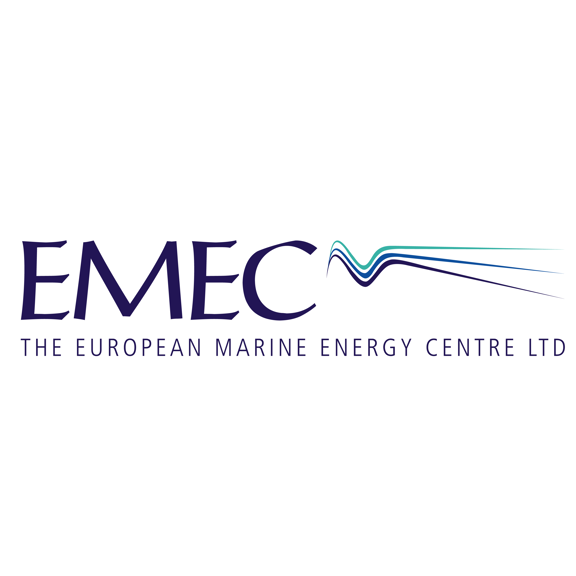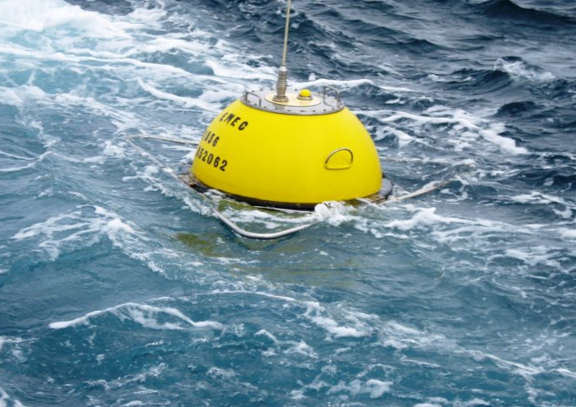SHINe Story: The European Marine Energy Centre (EMEC)
The European Marine Energy Centre (EMEC) is the world’s leading test centre for marine renewable energy. It joined SHINe when the programme was first set up in 2023. Learn more about the centre and SHINe's role in supporting EMEC.

4 September 2025 | 3 minute read
Introduction to EMEC
The European Marine Energy Centre (EMEC) joined SHINe when the programme was first set up in 2023. EMEC operates across the Orkney Islands and is the world’s leading test centre for marine renewable energy.
Originally established in 2003 to develop wave and tidal technologies, EMEC has evolved as a key test and Research and Development (R&D) facility for green hydrogen. Its hydrogen activity is anchored on the island of Eday, home to the world’s first tidal-powered hydrogen generation in 2017. It has since become the epicentre of over 20 hydrogen projects.

Building out Orkney’s hydrogen ecosystem
Hydrogen production and testing at EMEC was initially explored as a way to support the development of tidal energy arrays in Orkney. Grid capacity is limited in Orkney due to the high volume of renewable electricity already being generated locally. Since 2016, EMEC has emerged as a hydrogen leader with their R&D facilities opening up several opportunities for the UK economy. They’re currently operating across the following areas:
Hydrogen production
- 1 PEM electrolyser (670kW)
- Static storage (500kg)
- Vanadium flow batteries (1.8MWh)
Transportation and refuelling
- Mobile storage trailers (250kg)
- Mobile refuelling solution (420kg)
End use demonstrations
- Combined heat and power trials at Kirkwall Airport
- Marine transport feasibility
- Synthetic fuels for aviation
Challenge
Hydrogen is promoted as a cornerstone of the UK’s decarbonisation strategy. However, completing robust testing and demonstration in a real-world setting is still necessary. This is in order to make hydrogen and hydrogen-based derivatives a commercial, safe and efficient option for industries like aviation, shipping and industry.
Hydrogen is often hailed as a silver bullet for addressing climate and energy challenges. However there isn't a one-size-fits-all solution and hydrogen has its limitations.
The energy landscape is complex, requiring systemic change. By exploring hydrogen’s role through feasibility and demonstration projects, EMEC is identifying where hydrogen can add the most value to support the energy transition. This role can span production, renewables integration, storage, logistics, and end use applications.
EMEC at the frontier of innovation
EMEC’s experience with projects and hydrogen assets helps it understand how hydrogen can be best applied in the energy system. The Centre sees hydrogen’s greatest potential in decarbonising hard-to-electrify transport modes like marine and aviation.
However, this is most likely to be used in the form of a synthetic fuel rather than using hydrogen directly as a fuel. Hydrogen can be used as a building block to make synthetic fuels, or e-fuels. These are synthetic hydrocarbons made from green hydrogen and non-fossil carbon.
The big advantage of liquid-based e-fuels is that they can replace conventional fossil fuels with minimal engine and refuelling modifications. They're also easier to store and transport.
In 2021, EMEC’s green hydrogen was used by IGTL to create an e-fuel in an R&D project at the centre’s wave test site in Orkney. This was then used in the world’s first flight fully powered by synthetic fuel, achieved by the Royal Air Force.
SHINe’s role in supporting EMEC
SHINe has supported EMEC by providing a platform for regular dialogue with other key organisations, idea generation and collaboration. SHINe actively sets up collaborative opportunities and directs technology developers and innovators to EMEC for further discussion and to explore the possibility of partnership.
George Colcomb, Business Development Coordinator at EMEC said:
“SHINe has added value to EMEC's business development by acting as a sounding board for new ideas, as well as passing valuable real-world experience back to other members and the wider industry.
"It's great to meet with other SHINe members and discuss learnings to look for what is next in the hydrogen sector. Whether people agree or disagree, it's useful to sound out where Scottish hydrogen is heading.
"The industry board established by SHINe also helps to identify how EMEC, and other SHINe members, can support industry growth, to pass learnings from R&D projects into commercial operations.”

An EMEC buoy.
Contact SHINe for more information
Discover the possibilities in Scotland’s hydrogen sector. Get in touch with our team today to discover how we can help you.
